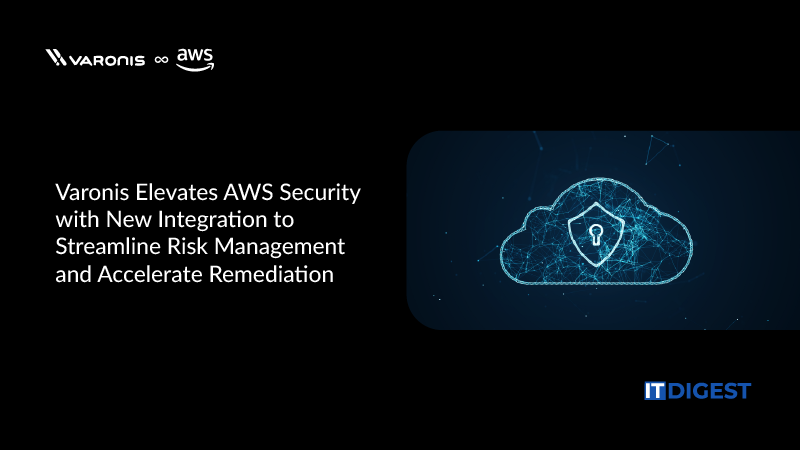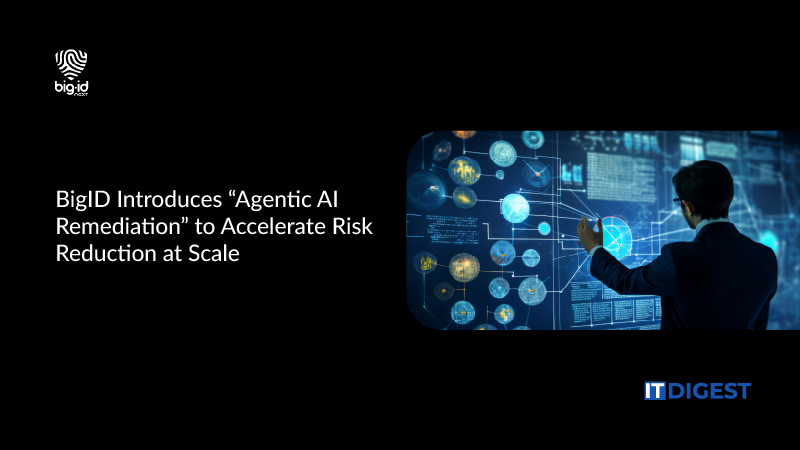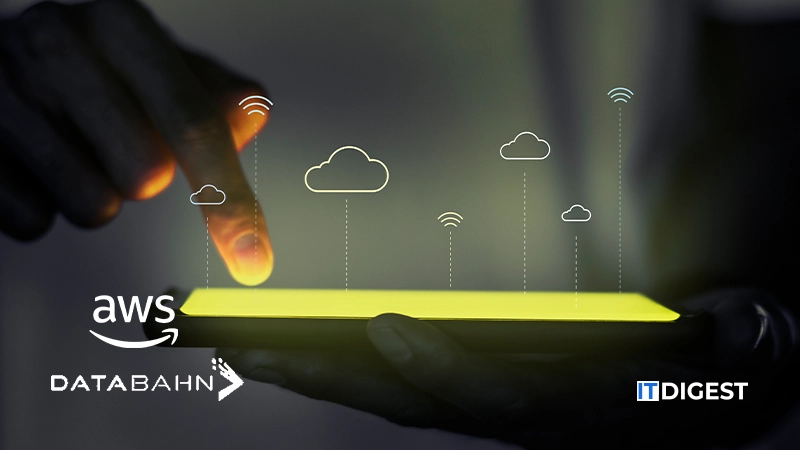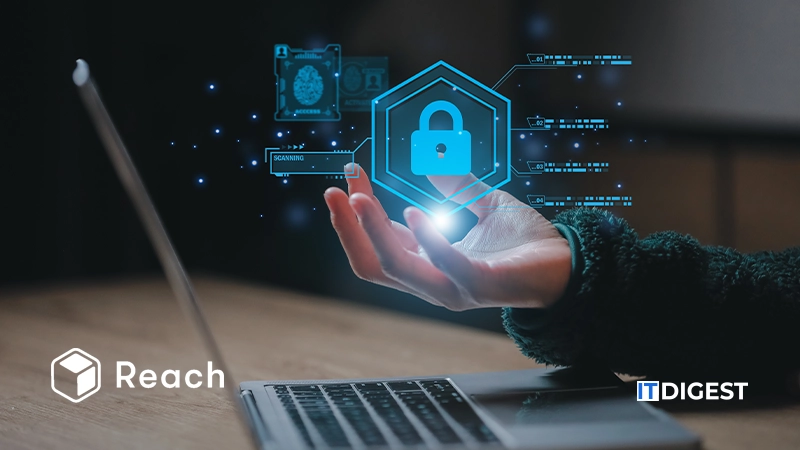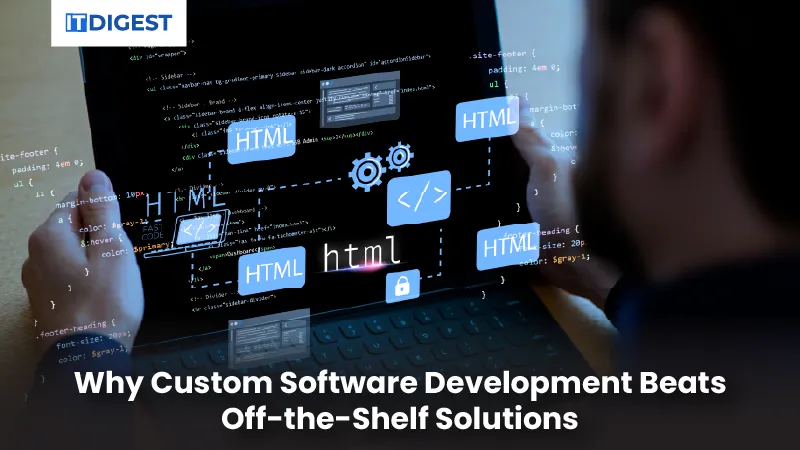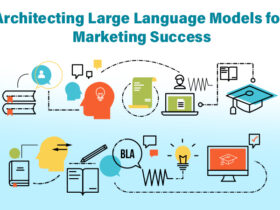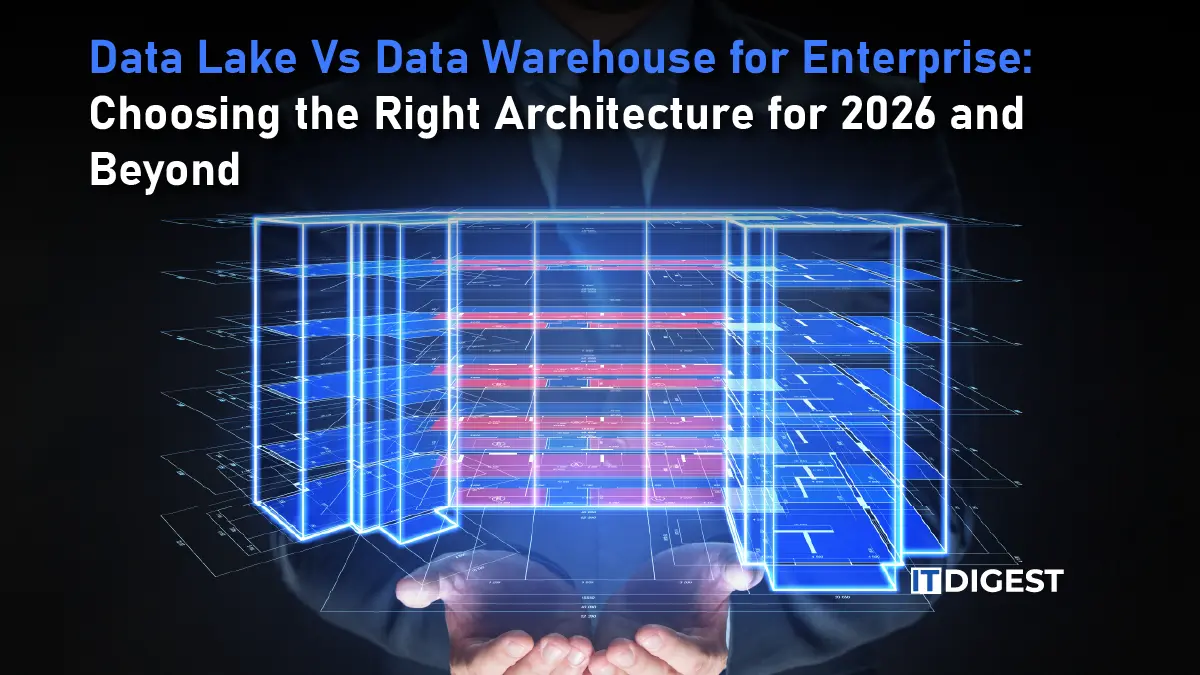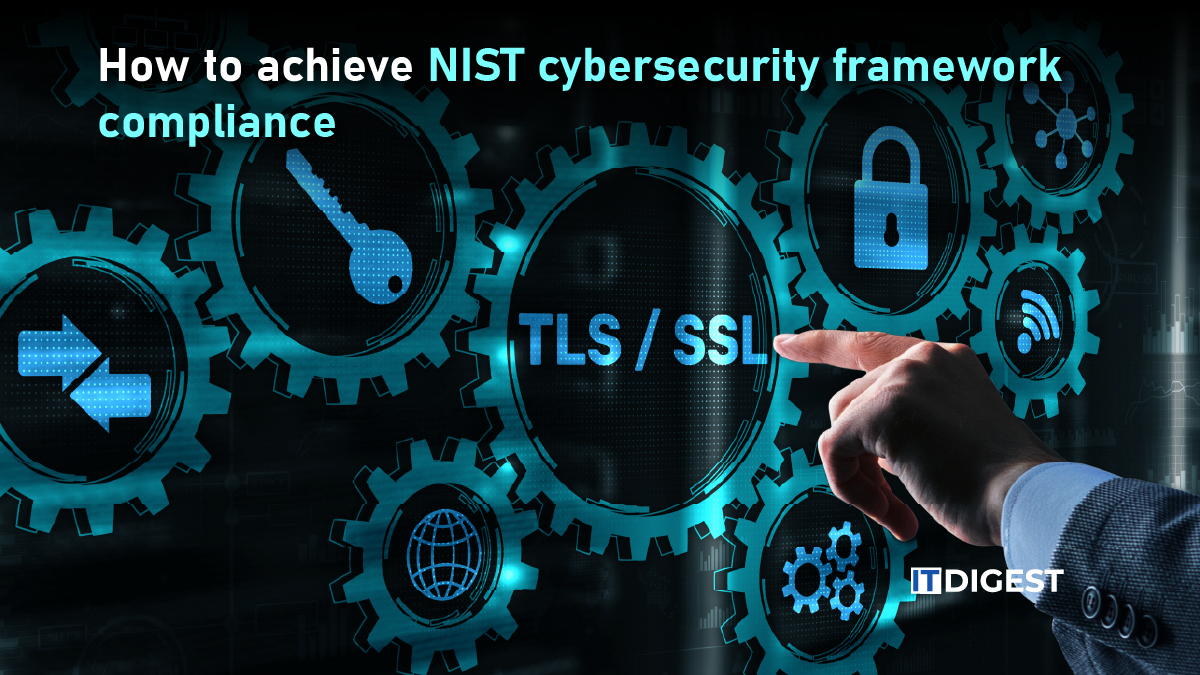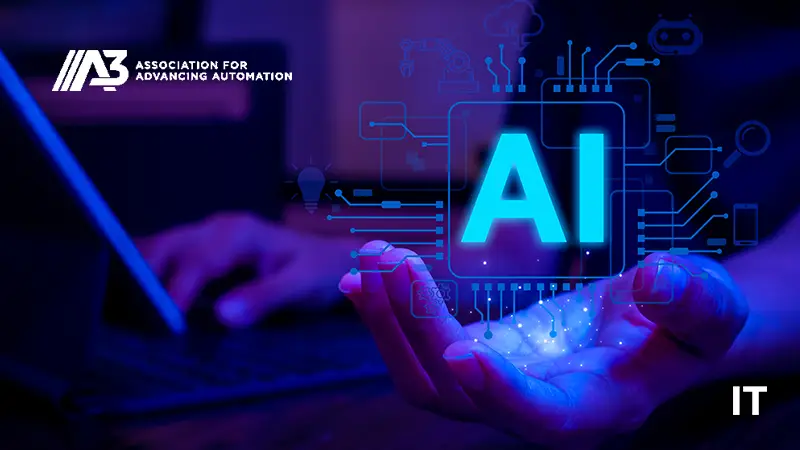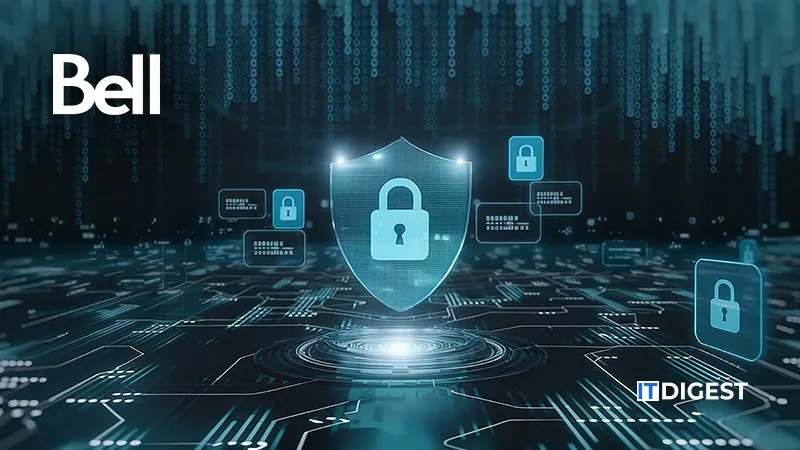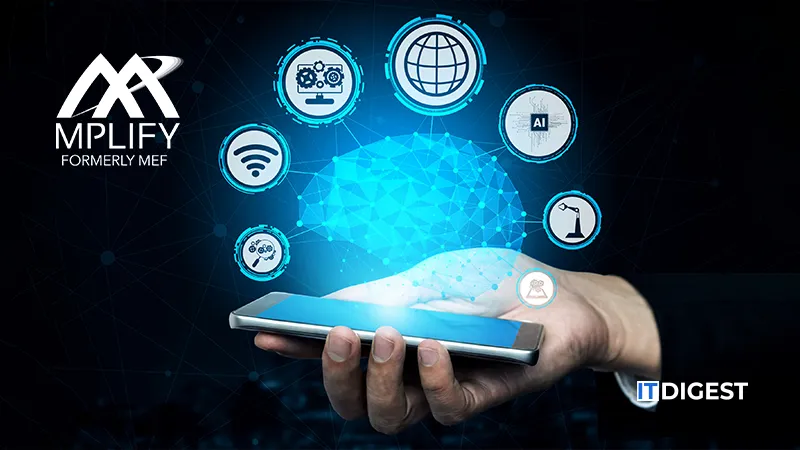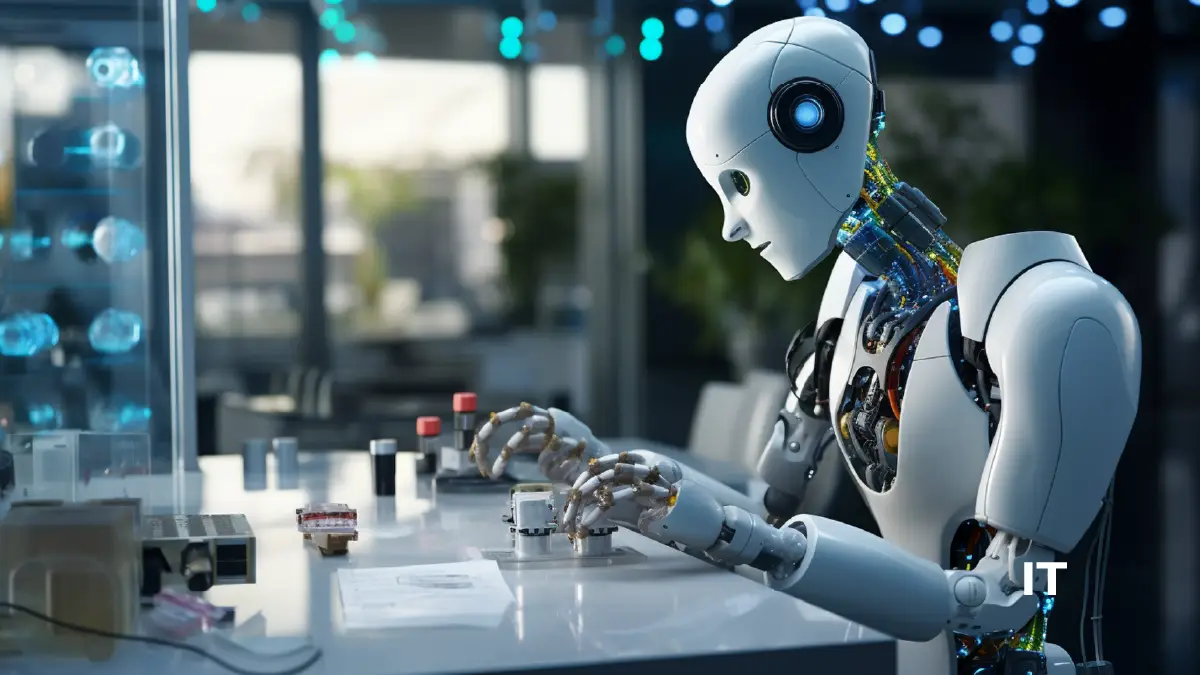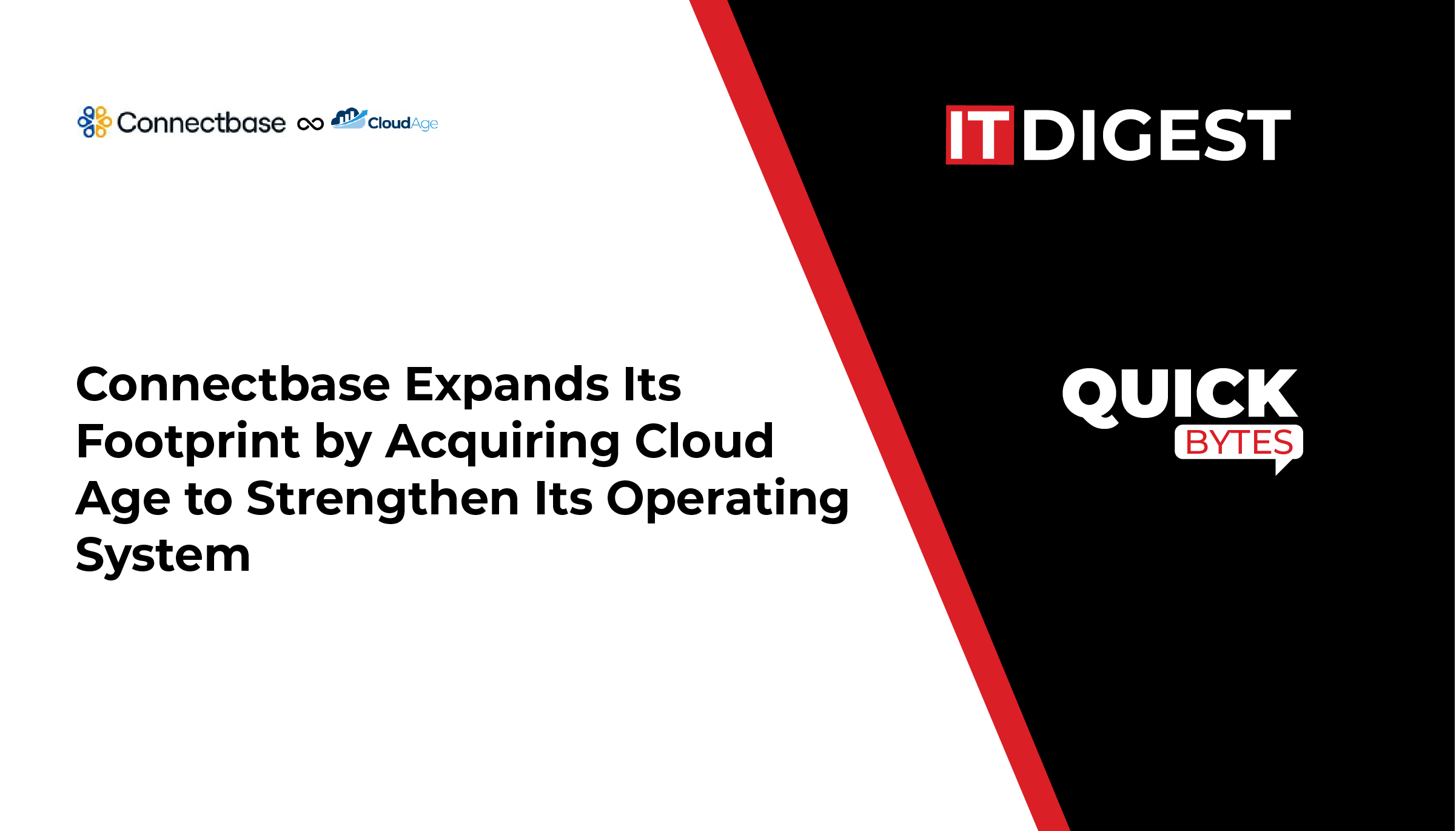Today’s tech world is changing fast. Combining artificial intelligence with physical systems is now a reality. It’s a necessity. Physical AI is a growing term among innovators and industry leaders. It marks the next step in smart automation. Embedding digital thinking in robots, machines, and everyday items can change industries. This new field will reshape how one work with machines and lead to amazing efficiencies. For executives facing digital transformation, grasping Physical AI is crucial. It’s not just theory; it’s key for strategy.
The Evolution of AI
AI has long operated in the world of ones and zeros. It uses algorithms to analyze data, predict trends, and create content. These capabilities have changed fields like finance and marketing. However, they mostly work apart from the real world. Physical AI breaks this barrier. It allows machines to see, interact, and adjust to their surroundings instantly. Imagine a warehouse robot that moves around obstacles. It doesn’t just follow fixed paths. Also, think of a medical device that changes treatment based on how a patient responds. This move from static code to adaptive physical systems gives a new view on intelligence.
Defining Physical AI
Physical AI is often conflated with robotics, but its scope is far broader. It has three main parts: sensory perception, cognitive processing, and physical actuation. Sensors collect data from the environment, temperature, pressure, motion, or even biochemical signals. AI algorithms analyze data, make decisions, and activate machines or electronic systems. The result is a closed-loop system. Here, machines learn from interactions. They refine their behavior and operate on their own in changing environments.
Startups in agriculture use AI drones. These drones check crop health and treat sick plants. These systems use visual recognition, predictive analytics, and precision spraying. This trio shows the true power of Physical AI.
Transforming Industries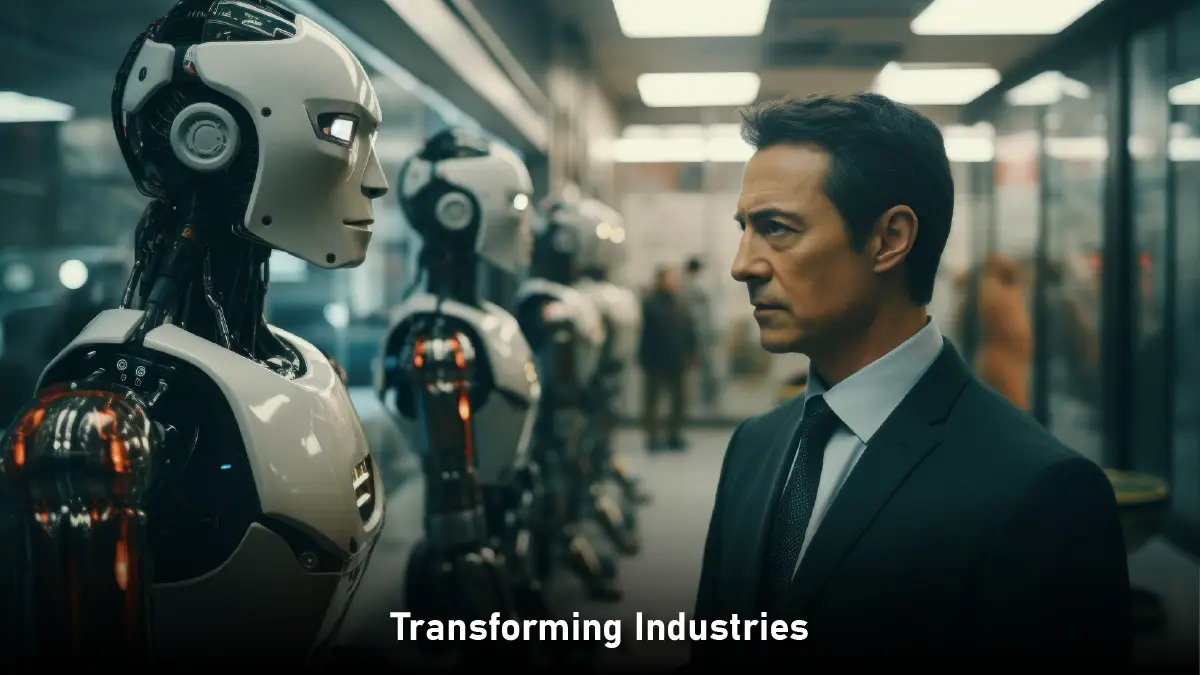
Physical AI can help many sectors. It solves old problems and opens doors for new ideas. Moreover, McKinsey research sizes the long-term AI opportunity at US$ 4.4 trillion in added productivity growth potential from corporate use cases.
In manufacturing, autonomous robots are redefining production lines. These systems are different from traditional automation. They don’t just handle repetitive tasks. They quickly adapt to changes. This happens when equipment breaks, supply chains are delayed, or designs change. Siemens and Tesla use AI robots to work with people. These robots do dangerous tasks, so humans can focus on solving complex problems. The outcome? Enhanced precision, reduced downtime, and a significant drop in production errors.
Healthcare provides another compelling use case. Surgical robots, like Intuitive Surgical’s da Vinci system, use Physical AI. They analyze real-time anatomical data. This helps surgeons perform minimally invasive procedures. AI-powered exoskeletons help patients move better after surgery. They adjust to each person’s movements and provide tailored rehab support.
Retailers are leveraging Physical AI to merge digital convenience with in-person experiences. Smart stores use computer vision and sensors. They track inventory and study customer behavior. They also automate checkout processes. Amazon’s Just Walk Out technology lets shoppers grab items and go. They don’t need to scan anything. AI takes care of payments automatically.
Even industries like construction and logistics are quickly adopting new tech. Autonomous bulldozers improve earthmoving by using terrain data. Self-driving delivery vehicles move through cities. They adjust their routes for traffic and weather.
Also Read: Retrieval Augmented Generation AI: What is it and Why it Matters
Overcoming Barriers
Despite its promise, Physical AI faces hurdles that demand attention. One major obstacle is the unpredictability of real-world environments. Physical machines face challenges that digital systems don’t. They deal with weather, wear-and-tear, and human error. There is a need for better materials, improved energy efficiency, and stronger fault-tolerant algorithms. These will ensure reliability in these conditions.
Data acquisition poses another challenge. Physical AI systems need a lot of good sensor data. Gathering this data can be expensive and complicated. In fields like agriculture and mining, connectivity problems make data transmission harder. Companies are looking into edge computing. In this setup, AI handles data on devices instead of using cloud services.
Interdisciplinary collaboration remains critical. Creating Physical AI needs skills in robotics, software engineering, and specific knowledge. This mix is often hard to find in one place. Bridging this gap needs new partnerships. Tech firms, schools, and industry experts must work together.
Strategic Imperatives for Industry Leaders
For executives aiming to harness Physical AI, several strategic priorities emerge.
First, fostering collaboration between technologists and domain experts is essential. Siloed methods limit innovation. In contrast, cross-functional teams find unique use cases that fit industry needs. Car companies are teaming up with AI startups. They want to build next-gen self-driving cars. They combine engineering skills with machine learning expertise.
Investing in workforce development is equally crucial. As Physical AI changes job roles, employees need to learn new skills. They should focus on system maintenance, data interpretation, and human-machine interaction. Many forward-thinking organizations are starting upskilling programs. They are also working with schools to create talent pipelines.
Ethical considerations cannot be overlooked. Physical AI systems, such as delivery bots and medical devices, bring up concerns. These include safety, privacy, and accountability issues. Clear governance frameworks and transparent decision-making will build public trust. They will also help reduce regulatory risks.
A Future Shaped by Physical AI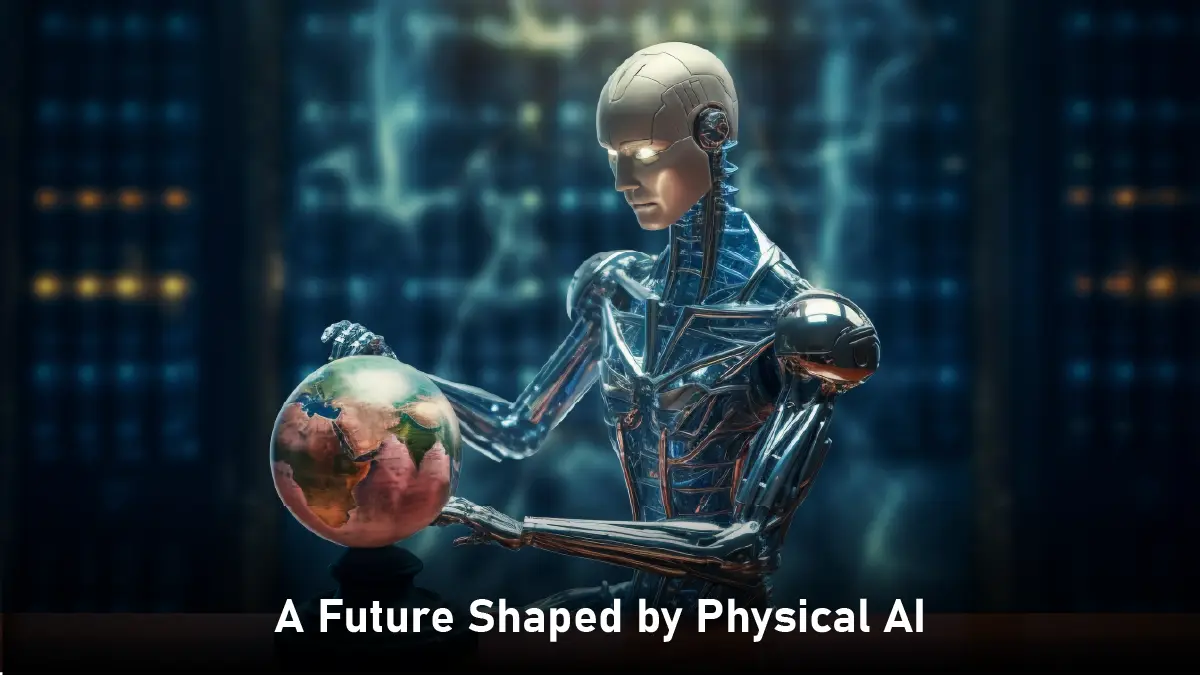
Physical AI is moving toward a smarter blend of digital and physical worlds. Neuromorphic computing copies the human brain’s structure. This could let machines handle sensory data more efficiently than ever before. Breakthroughs in soft robotics are changing the game. These flexible machines take inspiration from nature. They can be used in sensitive areas like healthcare and disaster response.
Industry leaders who embrace Physical AI early will gain a decisive competitive edge. They will drive the fourth industrial revolution. They will rethink operations, boost productivity, and create new customer experiences.
Embracing the Physical-Digital Nexus
Physical AI is not just a tech upgrade. Machines now interact with the world in a new way. The future belongs to business leaders who connect the digital and physical worlds. Innovation, teamwork, and ethics help organizations find new chances and adapt to change. This approach propels them forward. Intelligent, adaptive machines are here to stay. There is a need to act swiftly and strategically.






